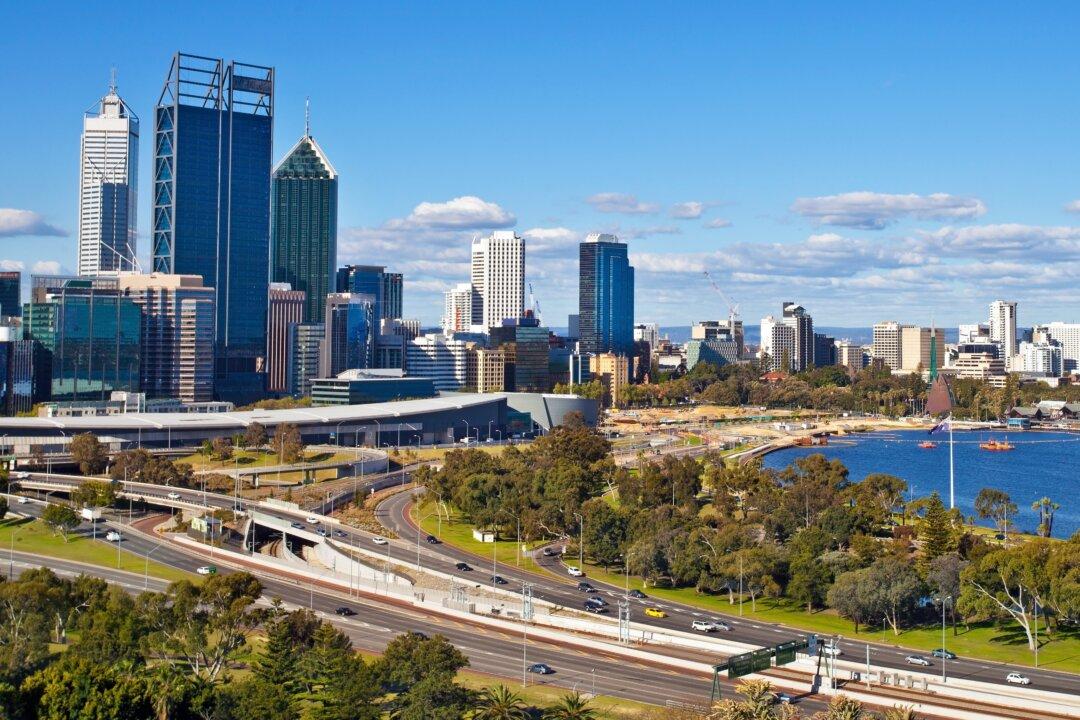A New South Wales (NSW) committee has urged the government to swiftly address key factors hampering the state’s safe shift from coal to renewable energy generation.
The report (pdf) by the Committee on Environment and Planning listed 21 total recommendations to aid in the transition, including offering help to communities heavily dependent on coal.





